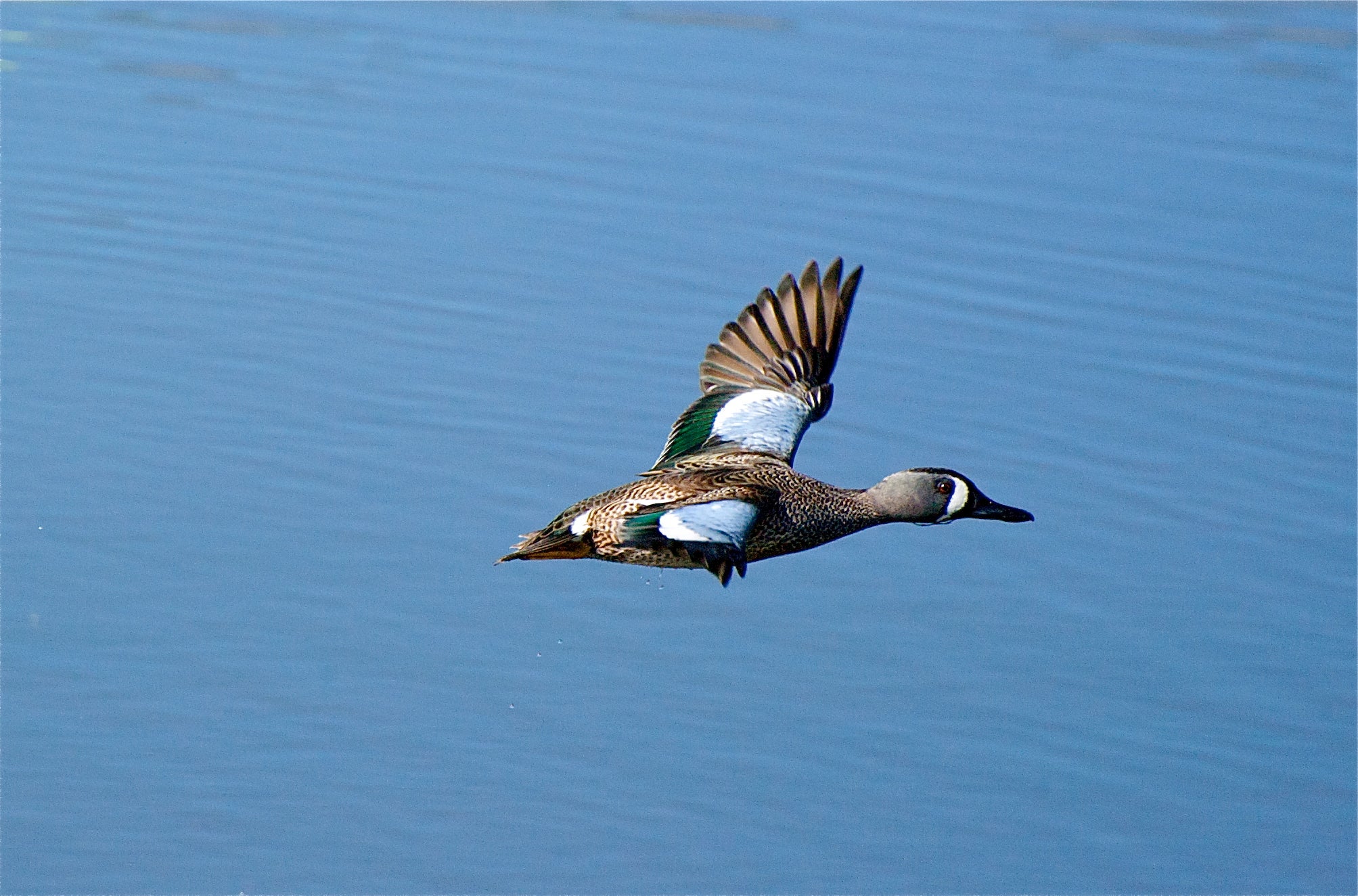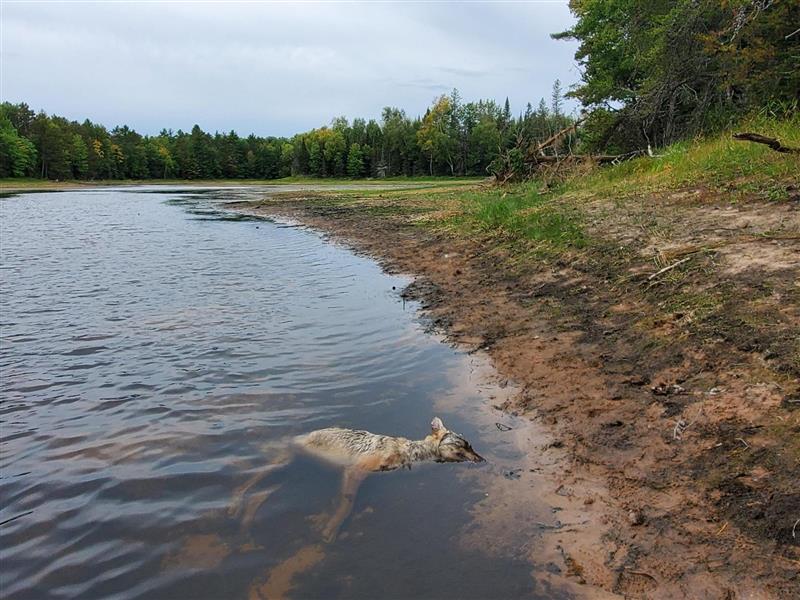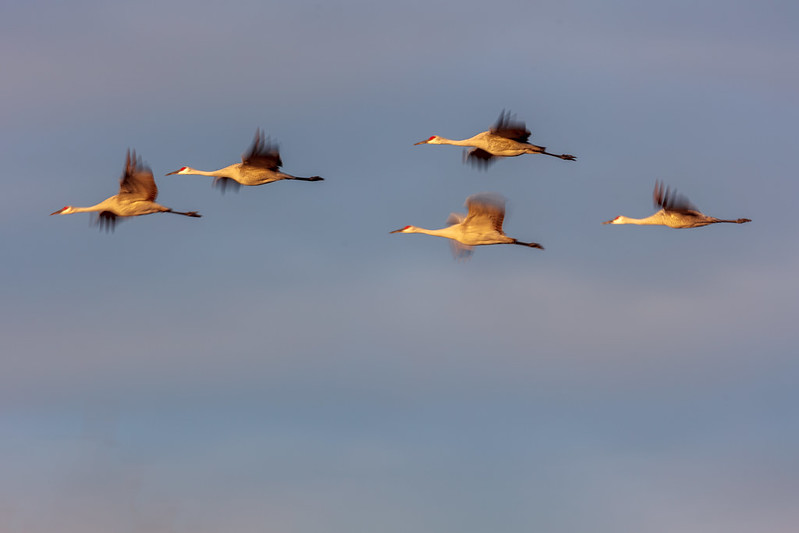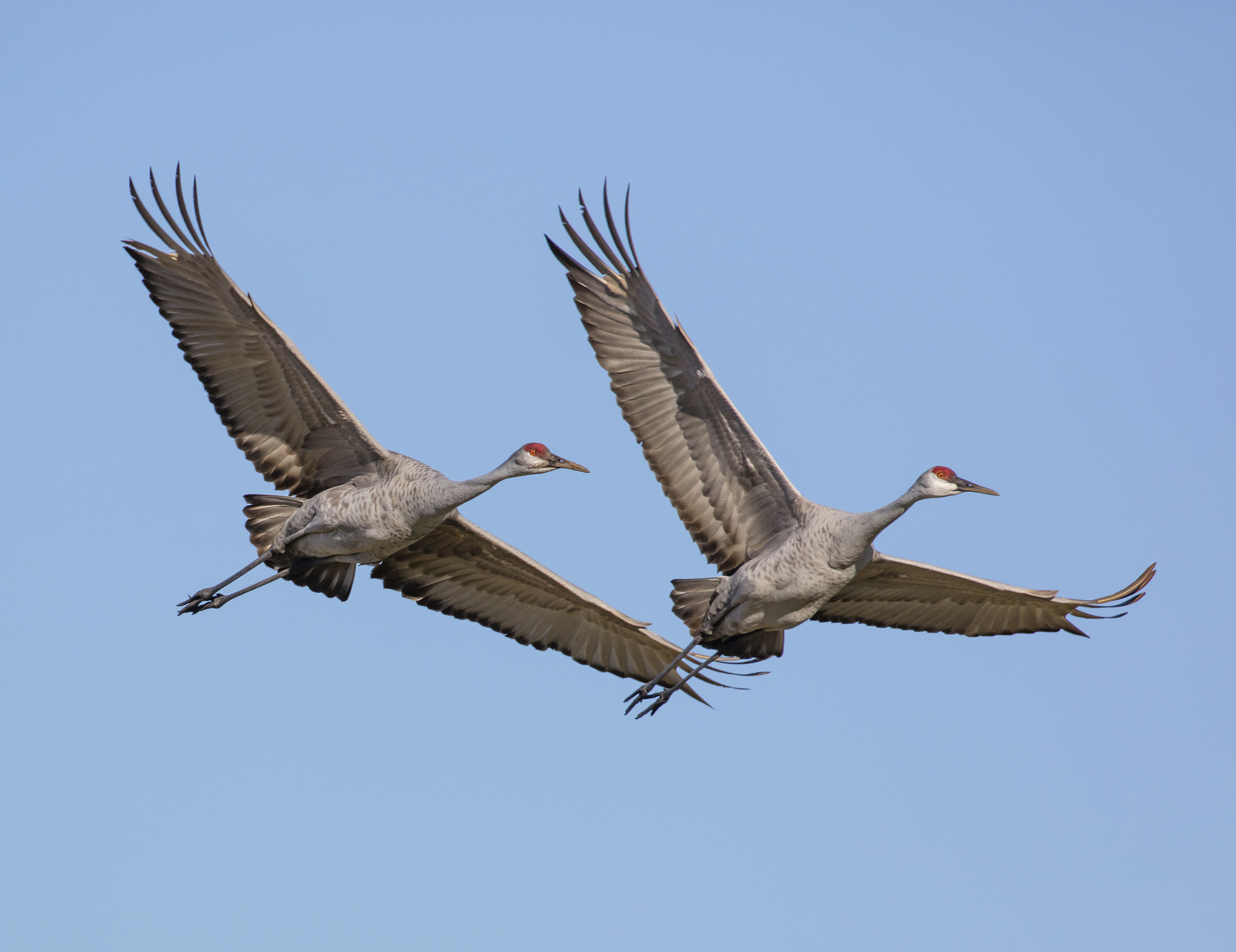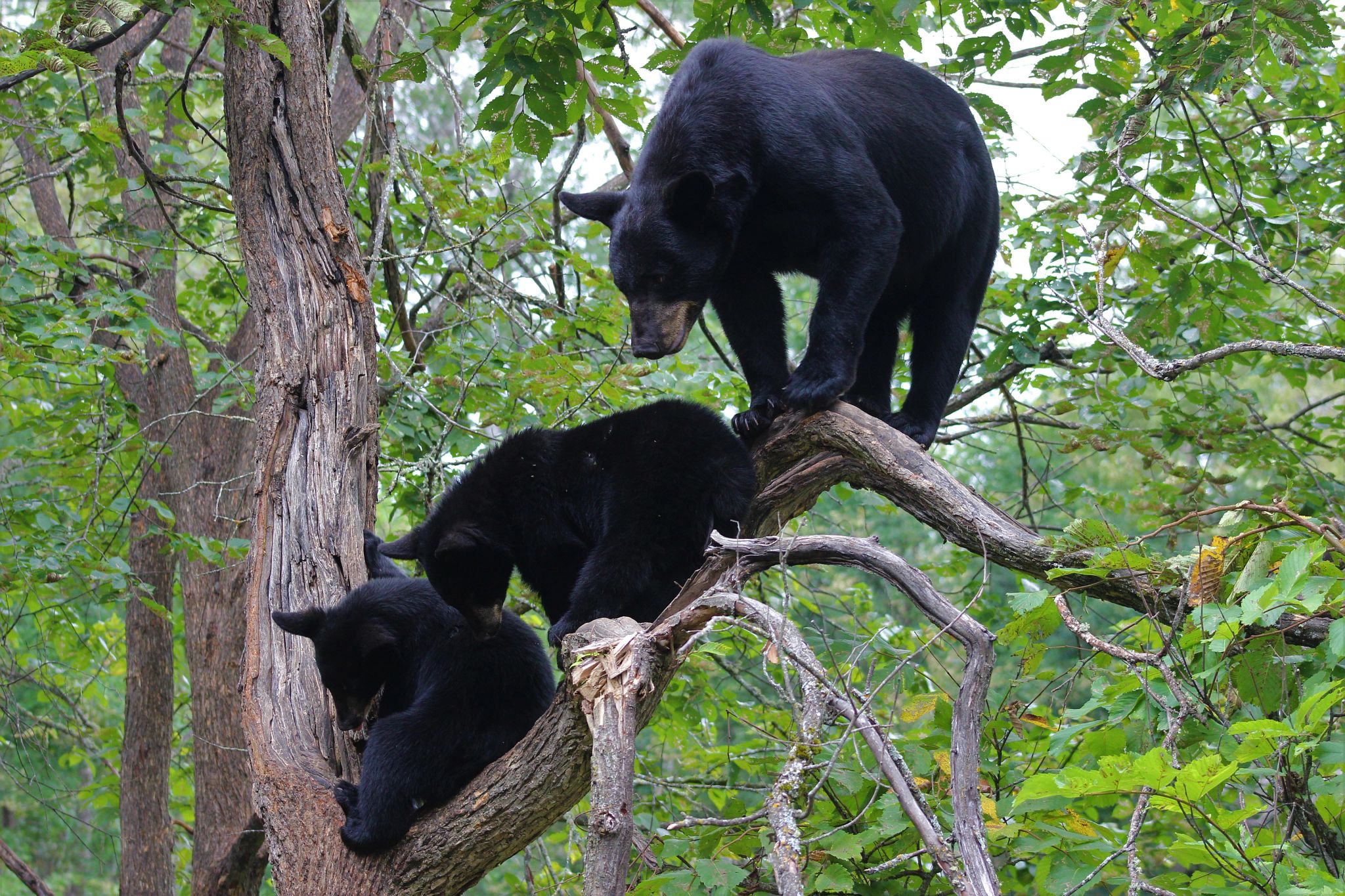Estimates from a U.S. Fish and Wildlife Service report released earlier this month show that the total 2015 continental duck population is 49.5 million birds. That’s up from last year’s estimate of 49.2 million and is the highest population on record since the survey began in 1955.
According to the Wisconsin Department of Natural Resources, mallards and the green-winged teals, which are among the state’s top four harvested ducks, are at record highs.
Kent Van Horn, a migratory game bird ecologist for the DNR, said the high numbers will have an impact on the state’s duck hunting season.
Stay informed on the latest news
Sign up for WPR’s email newsletter.
“Overall, it’s really good news for Wisconsin duck hunters as far as opportunities come this fall,” he said.
Van Horn coordinates the survey effort in the state, which contributed to some of the continental numbers. He noted that another of the state’s top-harvested ducks, the blue-winged teal, has had its third-highest continental estimate on record in 2015.
In a DNR news release about the USFWS survey, DNR Secretary Cathy Stepp called it “exciting news” for Wisconsin hunters.
“Record numbers are a positive step toward another great year in the field, and we hope this great news from our federal partners will encourage new hunters to experience waterfowl hunting,” Stepp said.
Van Horn said habitat conditions and water levels from weather patterns are factors in the record high duck population.
“We’ve just been on a really fortunate cycle of good rain in the right places, over the last 20 years or so for ducks, and that has continued to build the population at a continental level, particularly in some of the key breeding areas and the prairies of the Dakota and central Canada, as well as some outlying areas, but water being the driving factor in building up wetland habitat for the ducks,” he said.
Van Horn also pointed to habitat conservation efforts by hunters, both in Wisconsin and in North America, who play a role in funding wetland and other habitat conservation through the federal and state duck stamp programs.
The USFWS uses the survey to determine hunting seasons. Once a framework is selected, Wisconsin holds public hearings on the proposed waterfowl seasons. According to a DNR news release, hearings will be held Aug. 3-6.
Wisconsin Public Radio, © Copyright 2025, Board of Regents of the University of Wisconsin System and Wisconsin Educational Communications Board.
